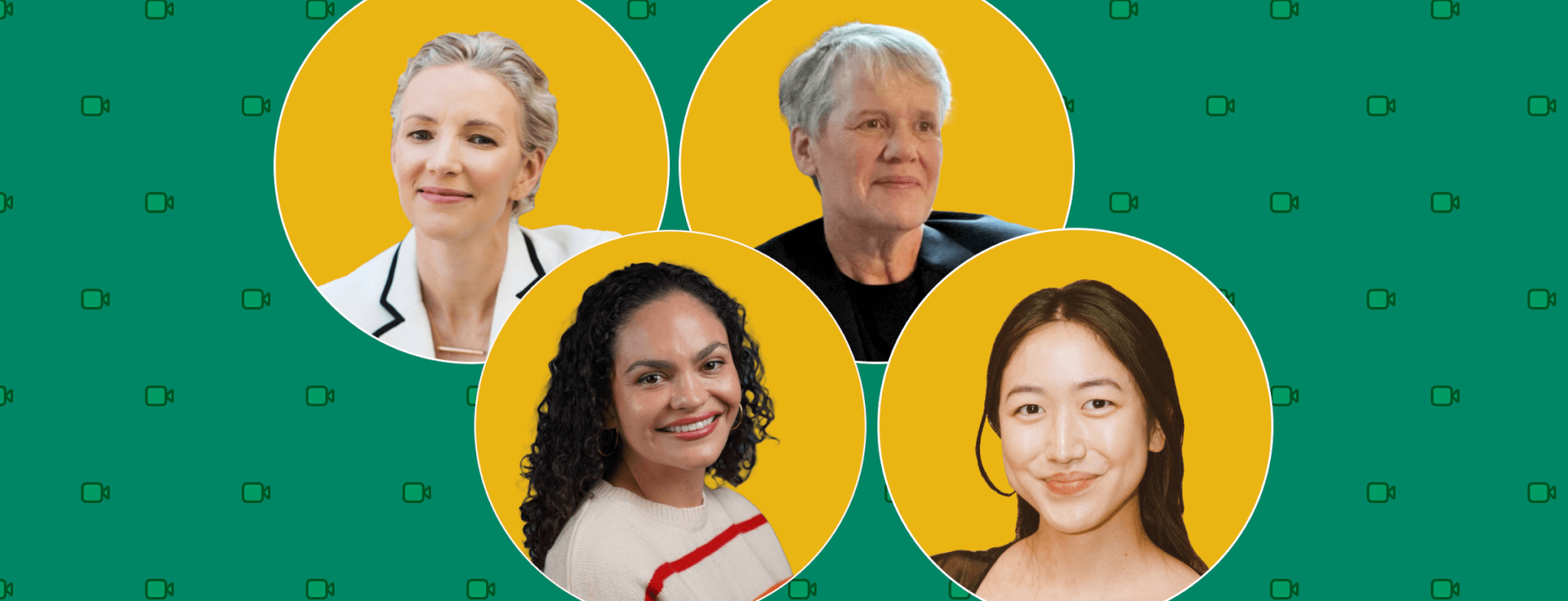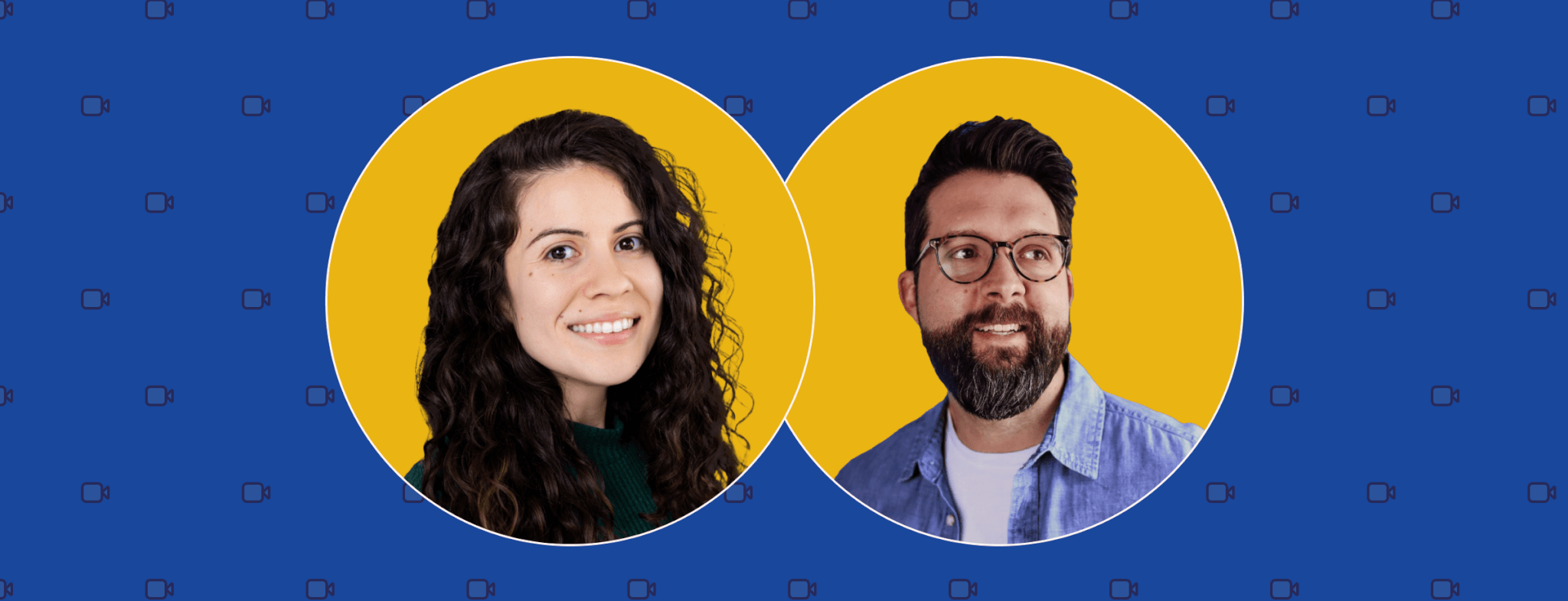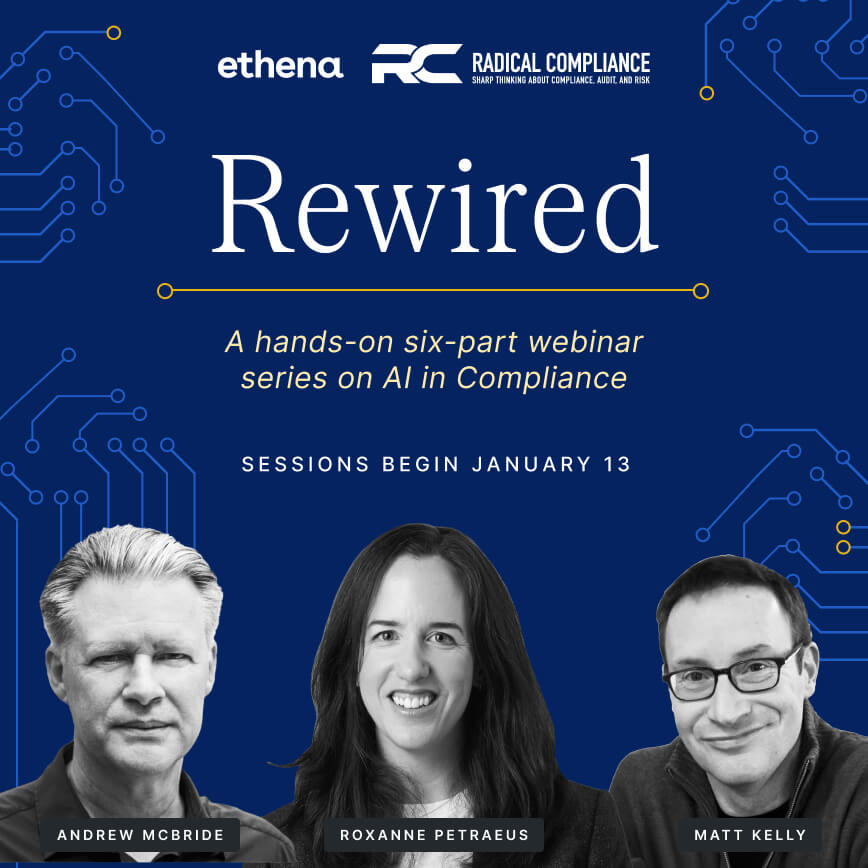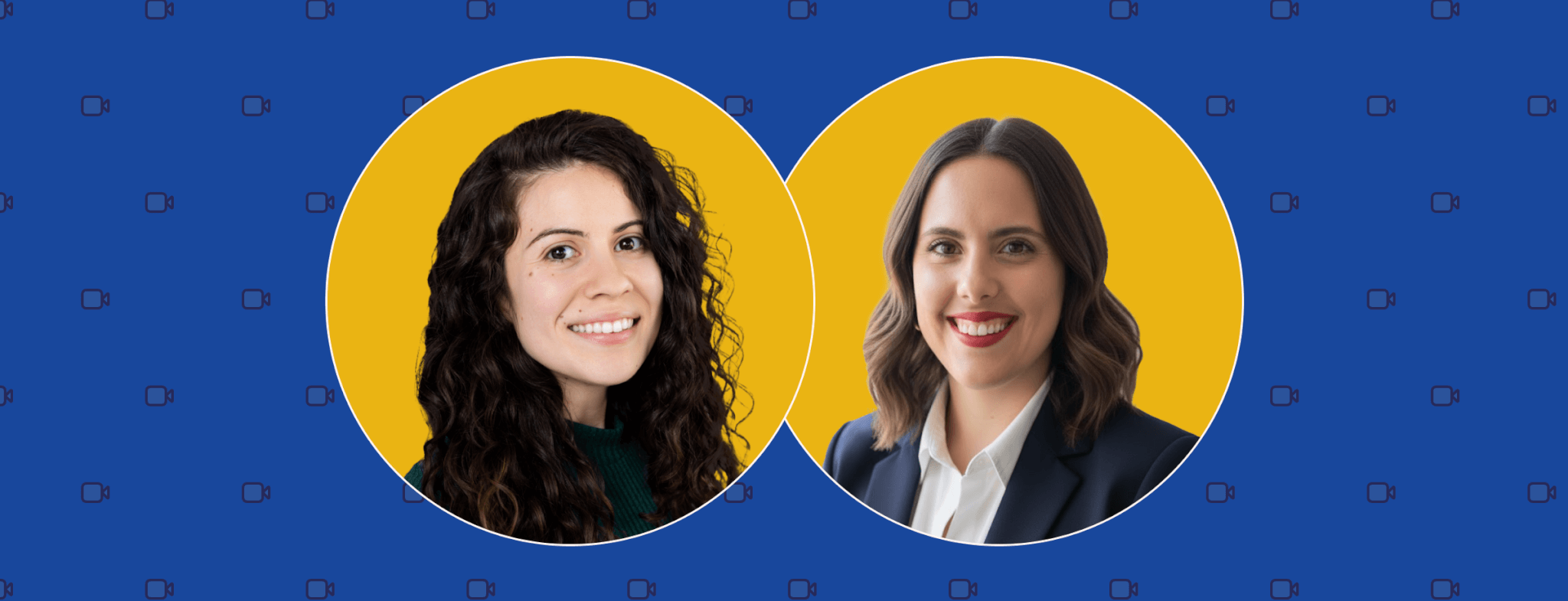Ethena's DEI-focused webinar was a mind-meld of culture, innovation, data, and dreams
In celebration of our upcoming Diversity, Equity, & Inclusion course, Tuesday, December 9th, Ethena’s Chief of Staff Anne Kong was joined by culture leaders Frances Frei, Anne Morriss, and Mariah Sharp for a talk about best practices for DEI initiatives and why they matter year-round.
There was a lot to learn from our panelists in the DEI space, so we’ve pulled together some key takeaways below. (But we highly recommend listening to the full conversation. For a full recording of the call, scroll to the bottom of this post!)
The Business Case for DEI: more diversity means more innovation
It should be no surprise that companies from small business to global enterprise have many priorities to consider when implementing any Diversity, Equity, and Inclusion efforts. How do you make the business case for DEI? Frances phrased it as an argument for more innovation:
If you have a team where everyone is sort of like each other, and I have a team that has more variety than that . . . I have access to more creativity, more innovation. I have access to “more” where you have access to “redundant, similar.” So it doesn't matter who I am and who you are. The access to “more,” if we are inclusive, will thump the access to “redundant and similar.”
In 2021, however, some companies are more likely to go with their values rather than considering the business case
“There was a great shift in 2020 where we're talking a lot less about that business case, and way more about the moral aspect of this,” said Mariah, speaking to her experience working with early-stage companies looking to make DEI a priority over the past two years, “Why we should be prioritizing DEI, particularly the equity and inclusion piece.”
Teams working for newer, smaller companies may notice a serious consideration of culture and values compared to larger, more established companies with much more red tape. Topics like Black Lives Matter becoming much more prevalent in the 2020-2021 news cycle were a signal for many companies to consider their own public-facing (and employee-facing) values and see how they might improve their culture with serious DEI work.
But advocates for more Diversity, Equity, and Inclusion in their own workplace should seriously consider how to frame these initiatives to their higher-ups, since, ultimately, businesses are looking out for their bottom line. “This is the beautiful, moral, ethical human case for inclusion, but here's the performance case for inclusion,” Anne M. pointed out, when discussing the conflict between bottom line and DEI values, “because there is going to be a minute moment in your day where you've decided, ‘am I going to spend a dollar on this?’ . . . Convince people to spend their time on inclusion. We find that we do have to integrate that business case into the conversation to pull them up that inclusion dial.”
The “Inclusion Dial”: our end-goal for inclusion is celebration of every individual
When measuring progress with DEI efforts, it can be difficult to know how to qualify success. Anne M. shared some insight into how she and Frances use what they call an “Inclusion Dial” to visualize a scale for success:
We sometimes talk about this progression in a framework we use called the “Inclusion Dial,” right? So that’s the case for the dignity of creating space, for the dignity of your employees . . .You get to part of the way towards inclusion in the sense that you want to make sure that everyone's safe in the workplace, you want to make sure that despite whatever differences I'm bringing to the table, I feel not only safe, but I feel welcome here. And where we try to really push organizations is let's get beyond safe and welcome to it, to embracing Frances, not just in spite of her difference, but precisely because of her. . . . It’s really inclusion at scale . . . it's embedded in the heart and soul of the organization, and we do find it together.
And that Inclusion Dial can be used on the individual level as well. In answering an audience question about how these efforts might work on the personal scale, Frances cited the Inclusion Dial as a great place to start: “So I would really tailor when I'm going to take action, which is when I'm high on the inclusion dial . . . if I'm around people and some people are silent, I would talk to them enough so that I can bring them up by name, around others, in how helpful they've been to me. So I boost people that are not feeling included by name. Whenever they speak, I amplify.”
When you’re low on the inclusion dial, Frances advises to “put the oxygen mask on yourself–it’s not your obligation to put the mask on other people.” But when we are more actively conscious of when we’re feeling included, we have an opportunity to actively include others in our conversations, workspaces, and shared experiences.
Thank you again to Mariah, Anne M., Frances, and Anne K. for a wonderful conversation! For those who missed it, we’ve placed the recording below.
Interested in learning more about Ethena’s upcoming Diversity, Equity, & Inclusion training? The course goes live on January 11th, 2022, but if you’d like to get a head start on an inclusive and productive 2022, we’d love to connect!








